About Kahanroba
1989
On Our Knowledge We Rely
The purpose of this company is to provide all stages of engineering consulting services from preliminary economic studies to project management services.
The management and senior engineers of this company, who have been selected from experienced industrial experts, form a combination that has a long experience in engineering and design, construction and installation, supervision of project implementation and operation and management in various industries. And can more accurately assess the real needs of the employer and provide the necessary services.
Our Mission
Creating added value in the industry, in the implementation of projects and renovation of implemented projects with creative solutions and the latest scientific developments in the world.
Departments
Electrical and Instrumentation Department Functions
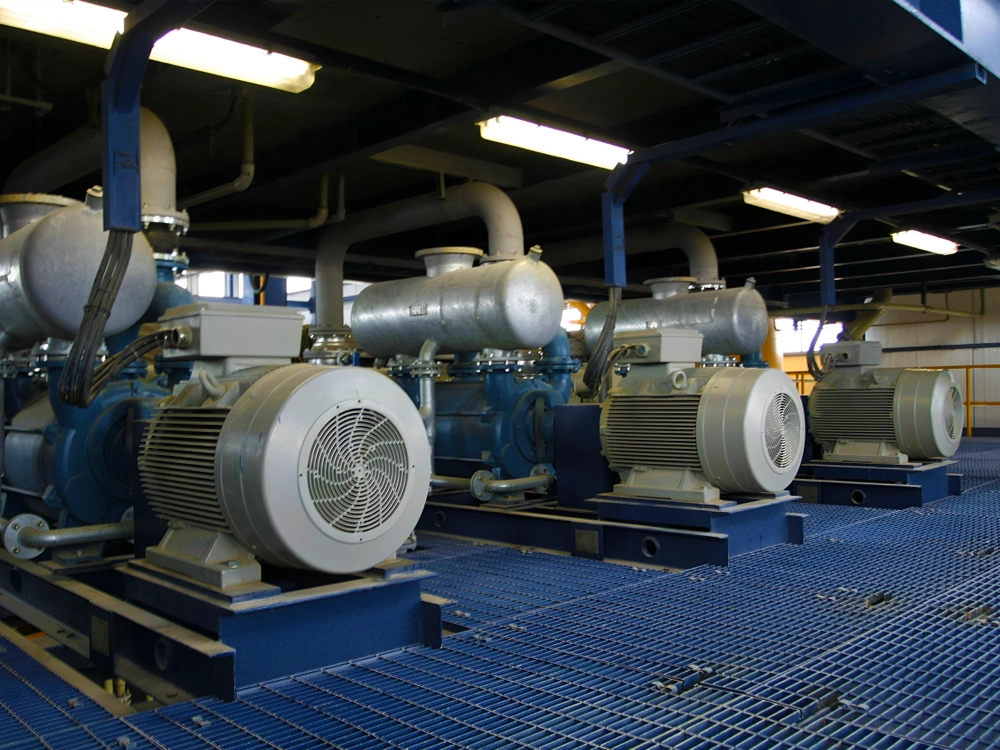
Electrical Section:
Design of Electrical Substations: Designing medium-voltage (MV), low-voltage (LV) substations, and motor control centers (MCC) based on project requirements.
Network and Load Calculations: Performing precise calculations for electrical networks and required loads to ensure optimal system performance.
Cable Sizing and Earthing Calculations: Determining cable sizes and designing earthing systems to ensure safety and efficiency.
Preparation of Technical Drawings: Developing drawings for earthing, cable routes, lighting, and electrical installations in compliance with engineering standards.
Technical Inspection of Electrical Equipment: Supervising and reviewing the quality of electrical equipment to ensure compliance with project specifications.
Evaluation of Supplier Proposals: Reviewing vendors’ technical proposals and selecting the most optimal options based on quality and performance.
Instrumentation Section:
-
Preparation of Control Documents: Developing control documents, including control architecture and Functional Logic Overview (FLO) lists.
-
Technical Specifications for Control Systems: Preparing technical specifications for control and instrumentation systems based on project requirements.
-
Preparation of Instrumentation Lists and Datasheets: Compiling lists and datasheets for control equipment.
-
Technical Review of Vendor Proposals: Evaluating suppliers’ proposals for instrumentation based on technical and quality criteria.
-
Technical Inspection of Control Equipment: Supervising the quality and performance of control and instrumentation equipment to ensure compliance with standards.
Mechanical and Piping Department Functions
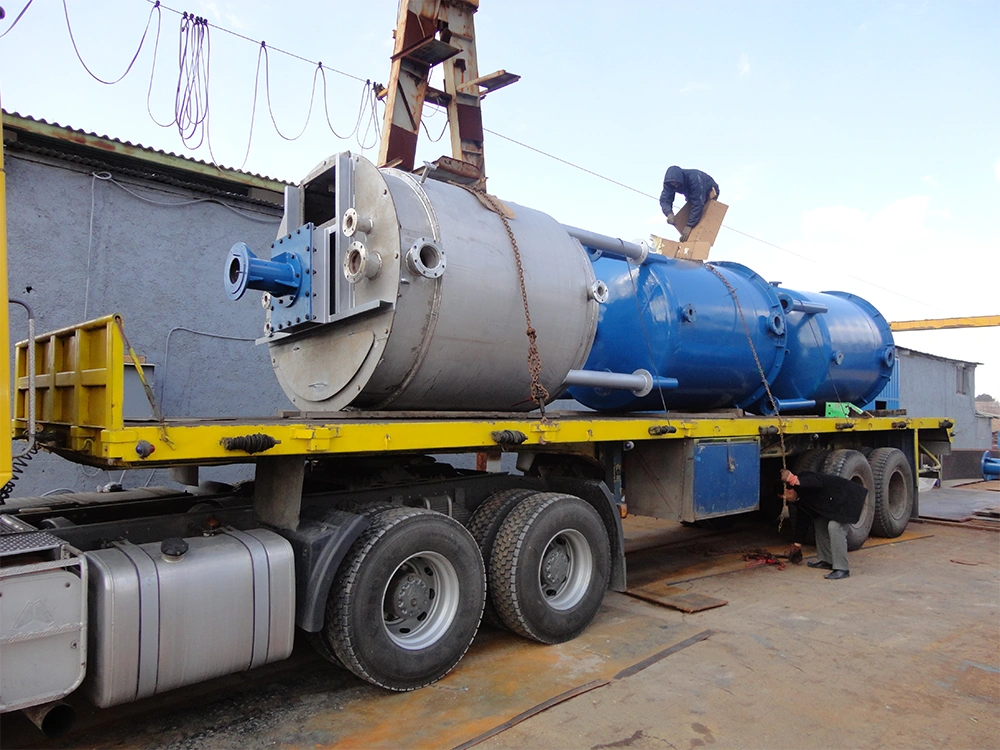
Mechanical Section:
- Design of Mechanical Equipment: Designing material transfer equipment, atmospheric and pressurized tanks, along with preparing fabrication and loading drawings.
- Preparation of Technical Procurement Documents: Developing technical documents for purchasing standard equipment such as pumps, compressors, cooling towers, and similar equipment.
- Technical Review of Manufacturers’ Proposals: Evaluating technical proposals from suppliers based on quality and performance criteria.
- Factory Equipment Layout Design: Preparing layout plans and sections for factory equipment arrangements, adhering to operational and safety requirements.
- Technical Inspection of Equipment: Supervising equipment fabrication based on the approved Inspection and Test Plan (ITP) to ensure compliance with standards.
Piping Section:
Design of Piping Systems: Designing fluid transfer systems, including water, chemicals, steam, slurry, and other fluids, in compliance with technical standards.
Preparation of Piping Technical Documents: Developing specialized documents, including piping isometric drawings, Material Take-Off (MTO), piping layouts, line lists, valve lists, pipe support designs, and pipe stress analysis.
Technical Inspection of Piping Materials: Supervising the quality of piping materials and equipment based on international standards such as API and ASME.
Civil Engineering, Architecture, and Surveying Department Scope of Work
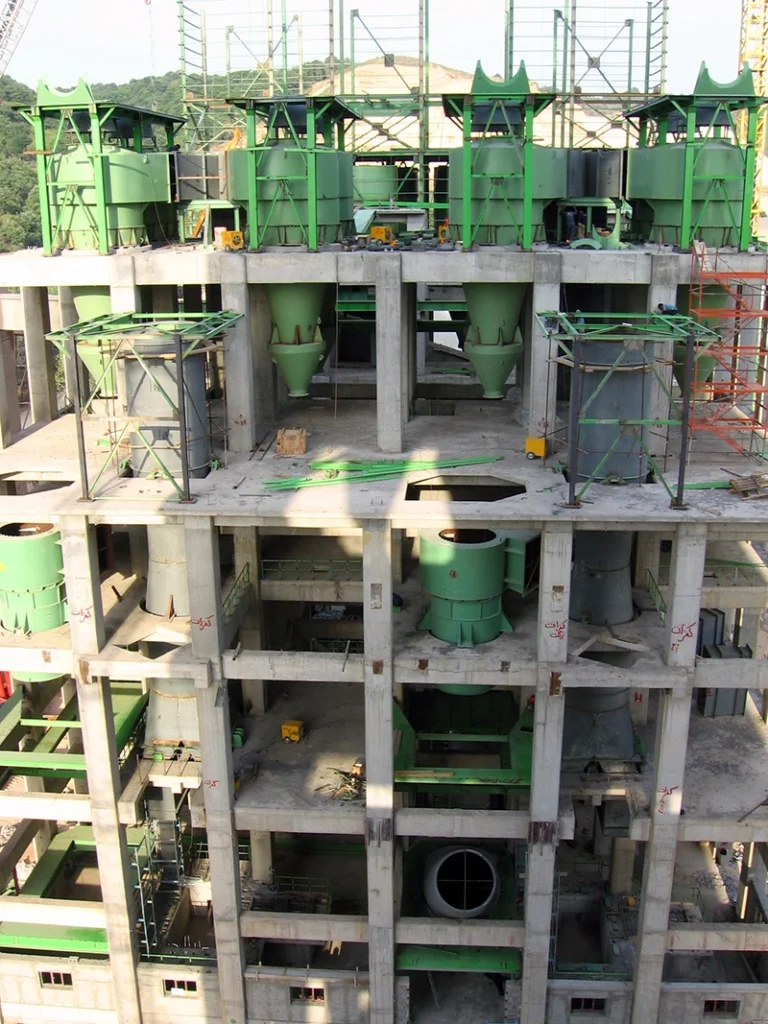
Design of Industrial Structures: Designing various industrial structures, including foundations, steel, and concrete structures, in accordance with technical and operational requirements.
Design of Sheds and Production Halls: Designing covered sheds, factory production halls, and administrative spaces, emphasizing space optimization, strength, functionality, and aesthetics.
Design of Equipment Support Structures: Designing support structures for industrial equipment such as furnaces, material conveyors, tanks, pumps, super fans, coolers, filter presses, mills, and related equipment.
Architectural Design of Industrial Structures: Designing architectural plans for industrial facilities, warehouses, and support spaces, focusing on operational needs and aesthetic standards.
Precise Project Surveying: Conducting land and facility surveying operations using advanced equipment to prepare topographic maps, executive plans, and 3D models.
Interdisciplinary Coordination: Collaborating closely with other departments, including the Commercial Department, to ensure alignment of structural, architectural, and surveying designs with equipment and project requirements.
Supervision of Execution: Overseeing the precise implementation of civil, architectural, and surveying plans at project sites to ensure quality and compliance with standards.
Documentation and Data Updates: Preparing and updating project technical documents, including As-Built drawings, for use in operation and maintenance phases.
Processing and Mineral Processing Department Duties
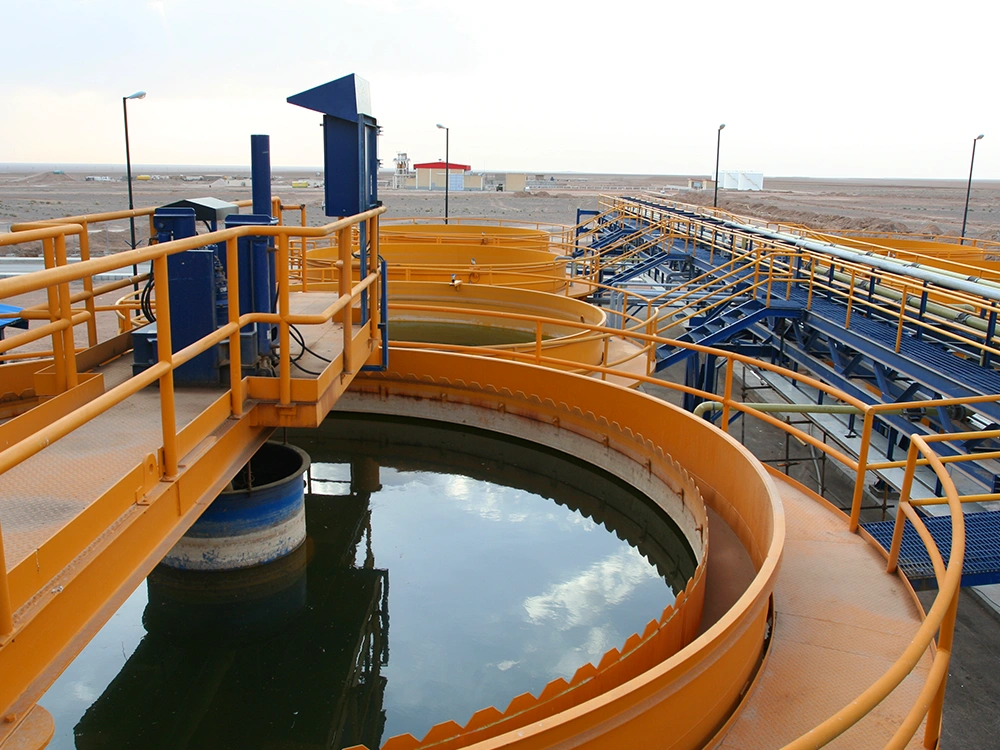
Laboratory and Pilot Testing: Conducting laboratory and pilot tests to evaluate, optimize, and improve mineral processing operations.
Preparation of Process Engineering Documents: Developing technical and engineering documents, including Process Flow Diagrams (PFD) and Piping and Instrumentation Diagrams (P&ID).
Preparation of Reports and Technical Recommendations: Compiling detailed and comprehensive reports on modern mineral processing techniques and providing technical recommendations for process improvement.
Equipment Selection and Calculations: Selecting factory machinery and equipment and performing capacity calculations based on project requirements.
Use of Specialized Tools and Software: Utilizing mineral processing tools and specialized software for process design and optimization.
Mineral Processing Techniques: Implementing specialized techniques such as flotation, gravity separation, magnetic separation, and leaching for mineral processing.
Preparation of Process Equipment Datasheets: Developing datasheets for process equipment to ensure compliance with technical specifications.
Process Analysis and Optimization: Analyzing test results and updating strategies to optimize processing operations for increased efficiency and cost reduction.
Project Management Department Mandates
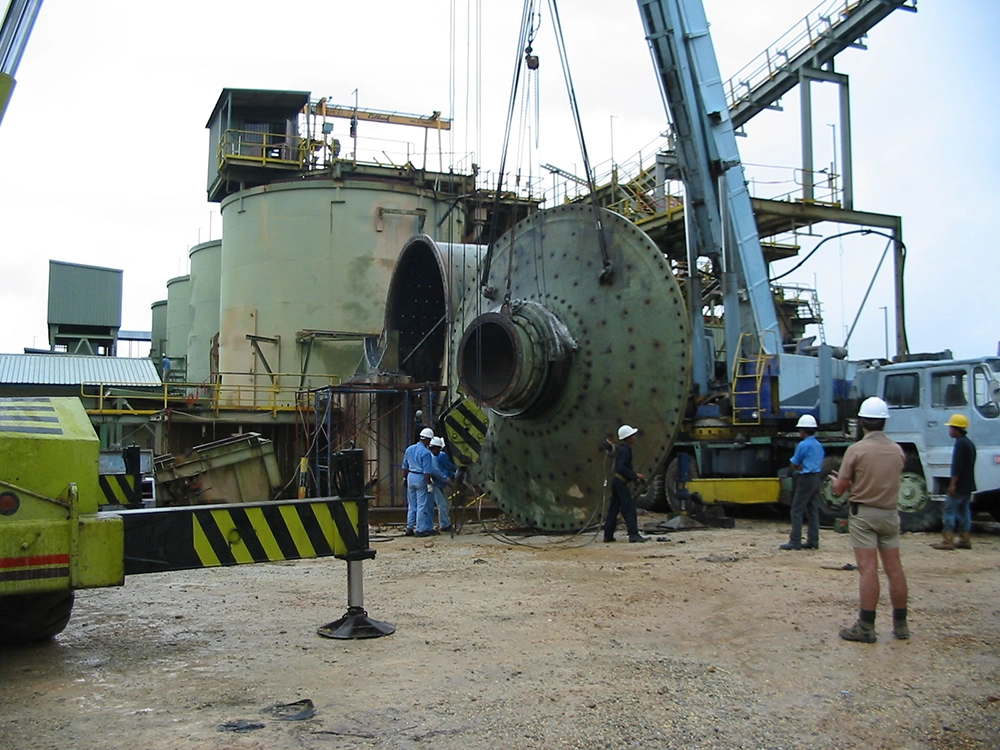
Policy and Strategy Development: Formulating policies, strategies, and overarching organizational goals in coordination with senior management.
Organizational Structure Design: Reviewing, analyzing, and designing the organizational chart and defining job descriptions and qualifications for organizational roles.
Implementation of Optimal Systems: Establishing the most suitable systems, methods, and work procedures to enhance organizational efficiency.
Preparation of Management Reports: Providing accurate statistical and analytical reports on performance, strengths, weaknesses, opportunities, and threats for senior and middle management.
Development of Regulations and Guidelines: Preparing and developing regulations, guidelines, procedures, and documented processes.
Process Optimization: Analyzing workflows, eliminating redundant steps, preventing overlaps, and continuously improving processes in collaboration with other units.
-
Integrated Management System (IMS): Implementing, maintaining, auditing, and improving the integrated management system.
-
Defining Effectiveness Metrics: Establishing control points and Key Performance Indicators (KPIs) to evaluate processes.
-
Process Coordination and Follow-Up: Collaborating with units to identify, implement, and optimize organizational processes.
-
Personnel Training: Providing necessary training for the proper implementation of new or revised procedures.
-
System and Documentation Optimization: Making necessary improvements to systems, methods, and documentation to enhance performance.
-
Development of Automated Systems: Designing and supporting IT-based systems for better process management.
-
Project Evaluation: Assessing the achievement of project objectives and providing analytical reports to senior management.
-
Annual and Operational Planning: Developing annual and operational plans for units to achieve overarching goals.
-
Information Flow System Design: Creating reporting systems to provide necessary information to senior and middle management.
-
Promoting a Systematic Approach: Institutionalizing a process-oriented and systematic approach in all organizational activities.
-
Identification and Implementation of Improvement Projects: Evaluating, implementing, and measuring the effectiveness of organizational improvement projects.
-
Auditing and Non-Conformance Resolution: Planning and conducting system audits, identifying non-conformances, and implementing corrective and preventive actions.
-
Training Management: Enhancing personnel knowledge and skills through targeted training programs.
Excellence
Providing the best technical, engineering and executive services
Integrity
Adherence to professional ethics and honesty at work
Persistence
Tireless effort and perseverance
Innovation
We embrace innovation and continuously seek new ways to improve our processes and deliver better results.
Contact Our Consulting Team
Whether you have a clear vision or need guidance to bring your ideas to life, Kahanroba is here to help. Let’s collaborate to create something extraordinary.